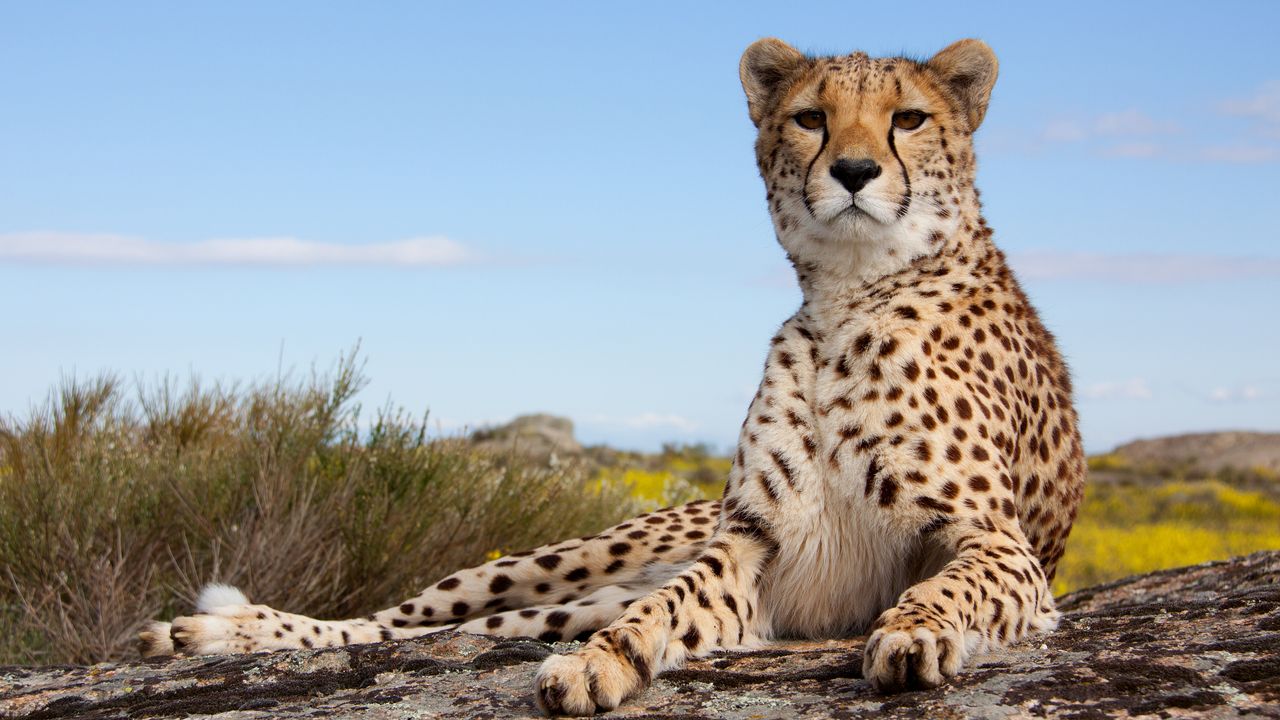Serengeti National Park: A Guide to the Serengeti Migration, Park Fees, and Ecosystem
Serengeti National Park is undoubtedly one of the most famous and awe-inspiring wildlife reserves in the world. Located in Tanzania, East Africa, the park is home to an incredible array of wildlife, including the “Big Five” (lion, leopard, elephant, buffalo, and rhino), as well as thousands of other species. In this blog post, we’ll take a closer look at some of the key features of the Serengeti, including the annual Serengeti migration, park fees, and the unique Serengeti ecosystem.
Serengeti Migration
One of the most incredible natural phenomena in the world is the annual Serengeti migration. Each year, millions of wildebeest, zebras, and gazelles make their way from the Serengeti to the Masai Mara in Kenya, and back again. This massive migration is driven by the need for food and water, and it is a truly awe-inspiring sight to behold.
If you’re planning a trip to the Serengeti, timing your visit to coincide with the migration is a must. The best time to see the migration is between December and July, although the exact timing can vary from year to year. During this time, you’ll have the opportunity to witness the incredible spectacle of thousands of animals moving across the plains, as well as the predators that follow in their wake.
Serengeti Park Fees
As with any national park, there are fees associated with visiting the Serengeti. These fees help to support the conservation efforts that are necessary to protect the park’s incredible wildlife and natural resources. The fees vary depending on a number of factors, including your nationality, the length of your stay, and the type of accommodation you choose.
For foreign visitors, the park fees are currently $60 per person per day, with an additional $30 per vehicle per day. There are also fees for camping, guided walks, and other activities. It’s important to note that these fees are subject to change, so be sure to check the latest information before you plan your trip.
Serengeti Ecosystem
The Serengeti is home to a unique and complex ecosystem that is vital to the survival of the park’s wildlife. The park covers an area of over 14,000 square kilometers, and it includes a variety of different habitats, from grasslands and savannas to woodlands and riverine forests.
One of the key features of the Serengeti ecosystem is the role that fire plays in maintaining the balance between different plant and animal species. Regular controlled burns help to prevent the encroachment of woody vegetation, which can be detrimental to the survival of grassland species. This, in turn, helps to support the herbivores that are the primary food source for the park’s predators.
Conclusion
The Serengeti National Park is a truly remarkable place, and it’s no wonder that it’s considered one of the world’s greatest natural wonders. Whether you’re interested in witnessing the incredible Serengeti migration, exploring the park’s unique ecosystem, or simply enjoying the incredible wildlife, a visit to the Serengeti is an experience you’ll never forget. Just remember to plan ahead, pay your park fees, and respect the park’s rules and regulations to help ensure that this incredible place is preserved for generations to come.
